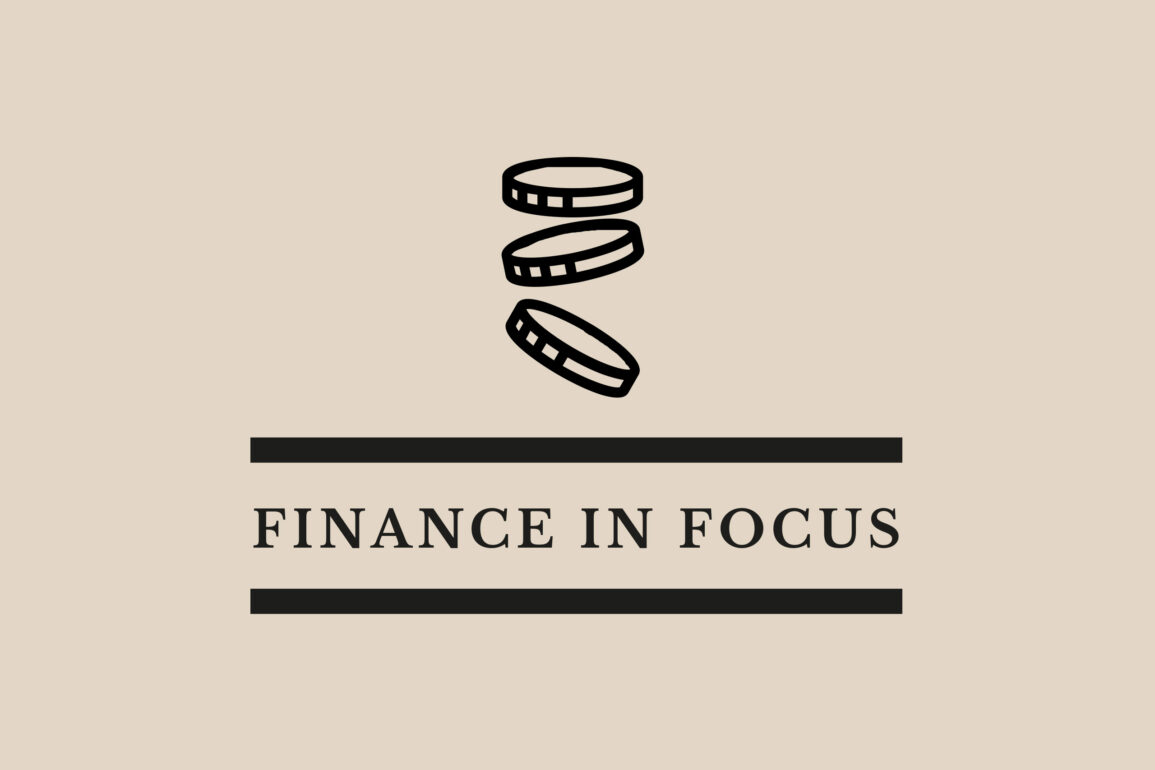The Swiss Philanthropy Performance Index SwiPhiX entered 2022 in the red. It shows how the investments of 67 foundations have developed. The first quarter recorded negative growth of ‑4.3 percent. Hansjörg Schmidt, Foundations Manager for Zürcher Kantonalbank, maintains that comparable indices – of pension funds, for example – are experiencing similar developments. At the same time, he says the volatility, though ongoing and substantial, becomes relative over a longer period. ‘In the past year, the SwiPhiX achieved positive growth of 9.5 percent.’ (Go to the Index: thephil.ch/SwiPhiX)
Anti-cyclical
Fondation Botnar is pursuing a long-term strategy with a 50-year investment horizon. ‘It means we can withstand volatility and have a high tolerance for risk,’ says Chief Investment Officer at Fondation Botnar Sushant Sharma. Fondation Botnar holds around 50 per cent in equities and real estate. ‘In the last five years, this has led to solid, positive returns for the foundation,’ he adds. And the current variability due to the pandemic and the war has not pressured Fondation Botnar into making any short-term adjustments. ‘Working with strategic bandwidths has paid off in every asset class,’ says Sushant Sharma. A minimum and maximum share of the portfolio is set for every asset class. In the event of developments resulting in the share of an asset class exceeding the upper or lower limits of the bandwidth, Fondation Botnar would rebalance the portfolio. ‘This is a typical counter-cyclical approach for institutional investors,’ explains Sushant Sharma. ‘It has served us well in the long-term management of investment risks.’ Luzius Neubert, partner at the consulting firm PPCmetrics, is of a similar opinion. ‘For professional investors, like foundations, it’s worth pursuing this kind of investment strategy, in order to be able to withstand a major crisis without having to change your strategy.’ If the strategy is based on risk appetite and risk tolerance, a foundation can, in times of crisis, undertake a rebalancing exercise. If shares have gone down in value and, correspondingly, their share of the portfolio based on value has decreased, it can be worth buying additional cheap shares.
«Therefore, we can withstand volatility»
Sushant Sharma,
Chief Investment Officer Fondation Botnar
Widely diversified
The best way to withstand crises, according to Luzius Neubert, is to have a widely diversified, cost-efficient investment strategy that reflects both risk appetite and risk tolerance. This should be pursued in the long term. Luzius Neubert mentions another, purely technical hedging opportunity with options or futures. ‘But this almost always comes with high costs and uncertainties,’ he says. ‘In other words, you pay a higher hedge premium in the event of a crisis or forego profits in the event of a recovery. As a rule, neither is recommended.’ Higher-risk investments have, however, taken on greater importance for foundations, driven by negative interest rates and a lack of return potential with bonds. If foundations don’t earn enough on their investments, their only alternative would be to use their assets or not make any more allocations, explains Luzius Neubert. In most cases, both go against the foundation’s goal. Hansjörg Schmidt is also noticing this shift to higher-risk investment categories. ‘Previously, it was rare to see foundations investing in micro-finance or private markets,’ he says. Such investments are rather complex and volatile. This shift is happening not just out of necessity, because of the lack of return potential, however. Rather, Hansjörg Schmidt is seeing a professionalisation of foundation boards. This could also have happened earlier, but nobody wanted it. Mainly because foundation boards often didn’t know these investment categories and thus were rather reticent. Sushant Sharma adds: ‘In theory, foundations have a higher risk tolerance than many other institutional investors. However, that depends a great deal on the risk appetite of the Foundation Board, which allocates the risk budget.’ Also important is the ratio between the annual grant budget for the foundation’s funding activities and the extent of its assets. The Fondation Botnar also makes sure that it can pursue a long-term funding strategy, with a budget that is not directly subject to the vagaries of the market. To this end, in 2019, the foundation introduced a fluctuation reserve. This will be built up as a buffer in years of strong asset development.
«Last year, SwiPhiX achieved a plus of 9.5 percent.»
Hansjörg Schmidt,
Foundations Director at Zürcher Kantonalbank
Sustainable
Sustainability is the hot topic at the moment. ‘We apply sustainability criteria to our investments,’ says Sushant Sharma. The foundation does so by applying the principles of responsible investing (including ESG and SRI principles). The foundation avoids asset classes in which sustainability approaches are not viable, such as natural resources or hedge funds. In terms of equities, it follows a best-in-class approach by excluding particularly controversial sectors. However, he adds: ‘We see no correlation between sustainability and volatility.’ Luzius Neubert doesn’t see any direct correlation, either. Nevertheless, he points out that a sustainability strategy can influence yield development. Because the ability to diversify can be limited, depending on which sectors or securities are excluded in the strategy. ‘Having a small, concentrated portfolio is a tracking error, i.e. the deviation in performance from a broad market index, and therefore the market as a whole, is greater than if you have a diverse range of securities in your portfolio.’


